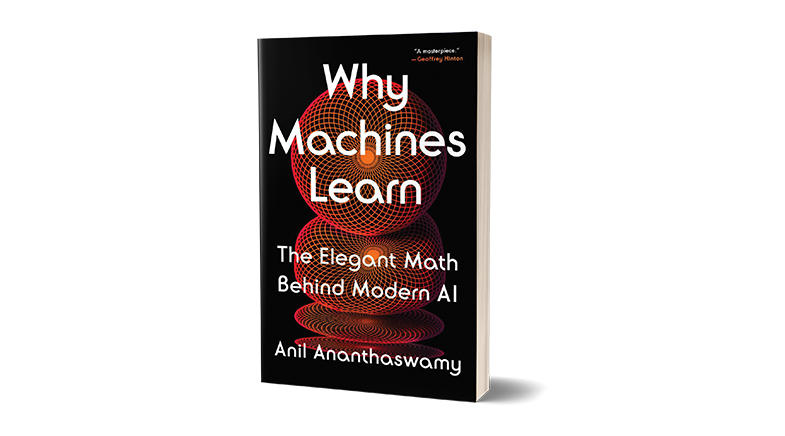Growing green
-
- from Shaastra :: vol 04 issue 10 :: Nov 2025

India's compelling need is to grow its economy and provide energy security while also moving away from fossil fuels.
Every month, the choice of the Cover Story is one of the most considered decisions that we take at Shaastra. Typically, we base our decision on an intuitive feeling of the importance of the subject to our readers. Except in certain situations and sections of the magazine, this filter leaves out stories that have no larger significance to the world and, thus, serve primarily to amuse. On the other hand, all our writers are also conscious of the need to make their output accessible to the general reader. The need to be accessible places constraints on the form of the stories. Most times, writers may need to exclude technical portions that would make excessive demands on the reader's knowledge base. Sometimes, they may need to shorten their narratives to tell a story briefly – even when there are important things left to say.
As India builds a net zero economy, it doesn't have the luxury of large deposits of rare-earth minerals. Knowledge, therefore, becomes the country's most important resource.
Similarly, Shaastra excludes stories that are too specialised and, therefore, of use to only a few readers. We do so partly because Shaastra targets a broad readership and partly because there are plenty of other sources for specialised stories. However, rules are meant to be broken when the occasion demands, and we do it from time to time. Our Big Data pages do make demands on our readers' knowledge and skill. Once or twice a year, Shaastra publishes narratives that are substantially longer than its Cover Stories, although as a package of individual stories, not as a single narrative. These relate to trends that are reshaping the country and the world in a big way.
In July-August 2022, for instance, to mark 75 years of India's Independence, Shaastra had a Special Issue dedicated to those who 'created' Indian science after 1947. Early in 2025, in a series of stories that together ran into 16 pages, the magazine took a panoramic view at technology entrepreneurship in the country, buttressed by a deep dive into some important trends like academic entrepreneurship. In the current issue, we take a deeper-than-normal look at an issue that will drive the country's economy over the next few decades: the need to provide energy security as the economy grows, even as pressure mounts to decarbonise large swathes of industries. It is a fundamental challenge that developed countries or China didn't have to face: they grew their economies using fossil fuels as the primary energy source and then began to decarbonise their economies.
MEETING THE CHALLENGES
The current Cover Story package consists of a series of stories on this twin challenge, of providing energy security while moving away from fossil fuels. India's goal is to become carbon-neutral by 2070. This path towards net zero is ridden with technological, economic, geopolitical and social challenges. Most of the technologies required to reach net zero have not yet been developed. They include better nuclear plants and probably fusion as an energy source; more efficient solar cells and offshore energy systems and integration with buildings and agricultural farms; new ways of grid storage; and new ways of mining and processing rare-earth minerals.
The Cover Story package by Aditi Jain goes deep into each one of these challenges. Aditi surveys the nuclear energy landscape, which is now seeing a lot of start-ups and private funding. She also writes on grid storage and reviews the research on new storage technologies and how they can be integrated into India's overall plans on renewable energy. In a third story, she looks at new ways of surveying and processing rare-earth minerals, which play a role in the new economy – much as fossil fuels did in the old economy. In all these stories, we profile start-ups that are carrying out stellar work.
India did not have the luxury of using large deposits of fossil fuels as it grew its economy after Independence. Now, as it builds a net zero economy, it does not seem to have the luxury of large deposits of rare-earth minerals, either. In such situations, knowledge becomes the country's most important resource. Despite having a head start among newly independent countries, India was slow to develop its knowledge economy. In the 21st century, however, slow progress on knowledge creation and translation can result in poverty and disease, as climate change begins to show its full power. That's the trap India is keen to avoid.
See also:
A green light for energy transition
Hold in store
More clear about nuclear
Rare earth calling
Have a
story idea?
Tell us.
Do you have a recent research paper or an idea for a science/technology-themed article that you'd like to tell us about?
GET IN TOUCH














